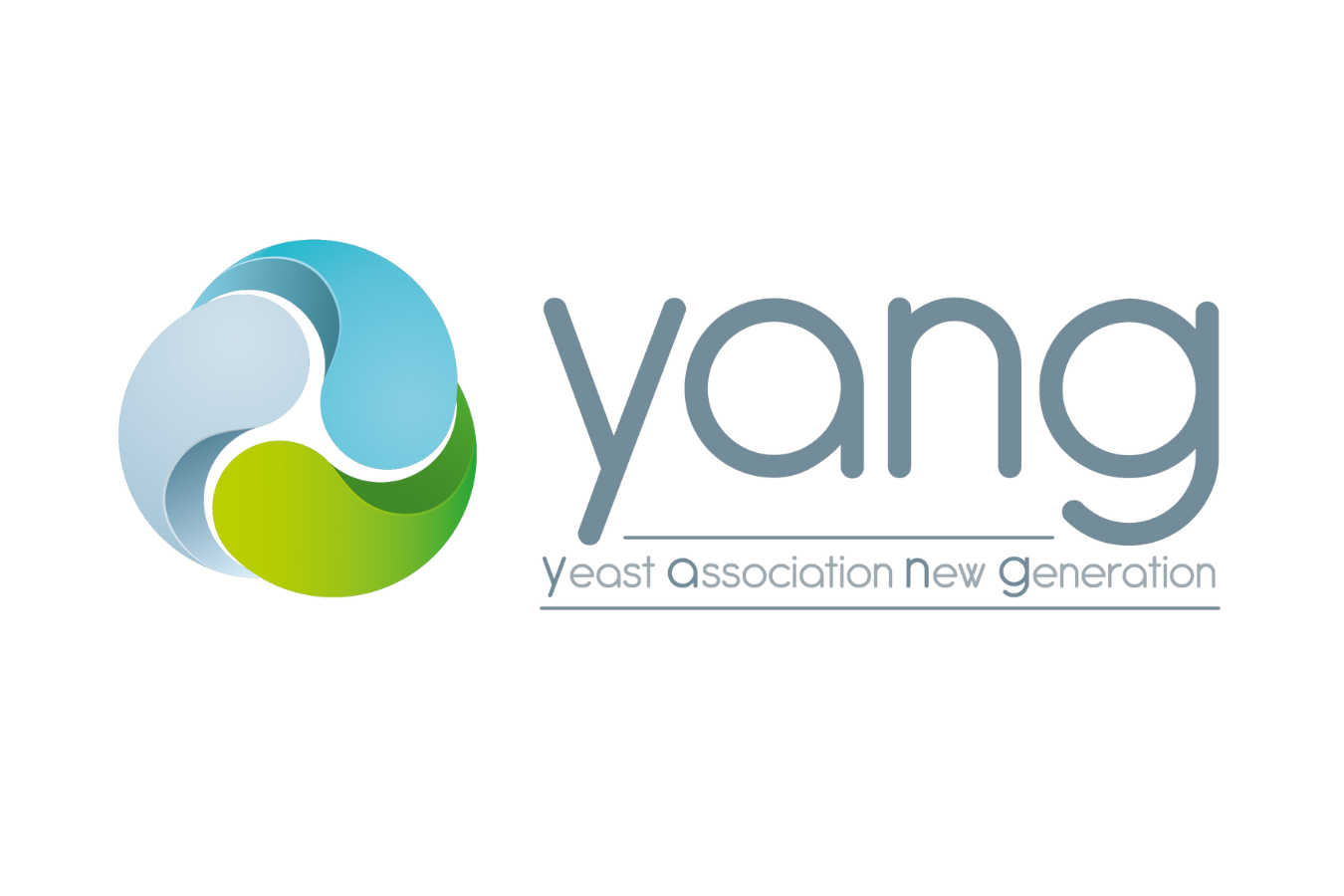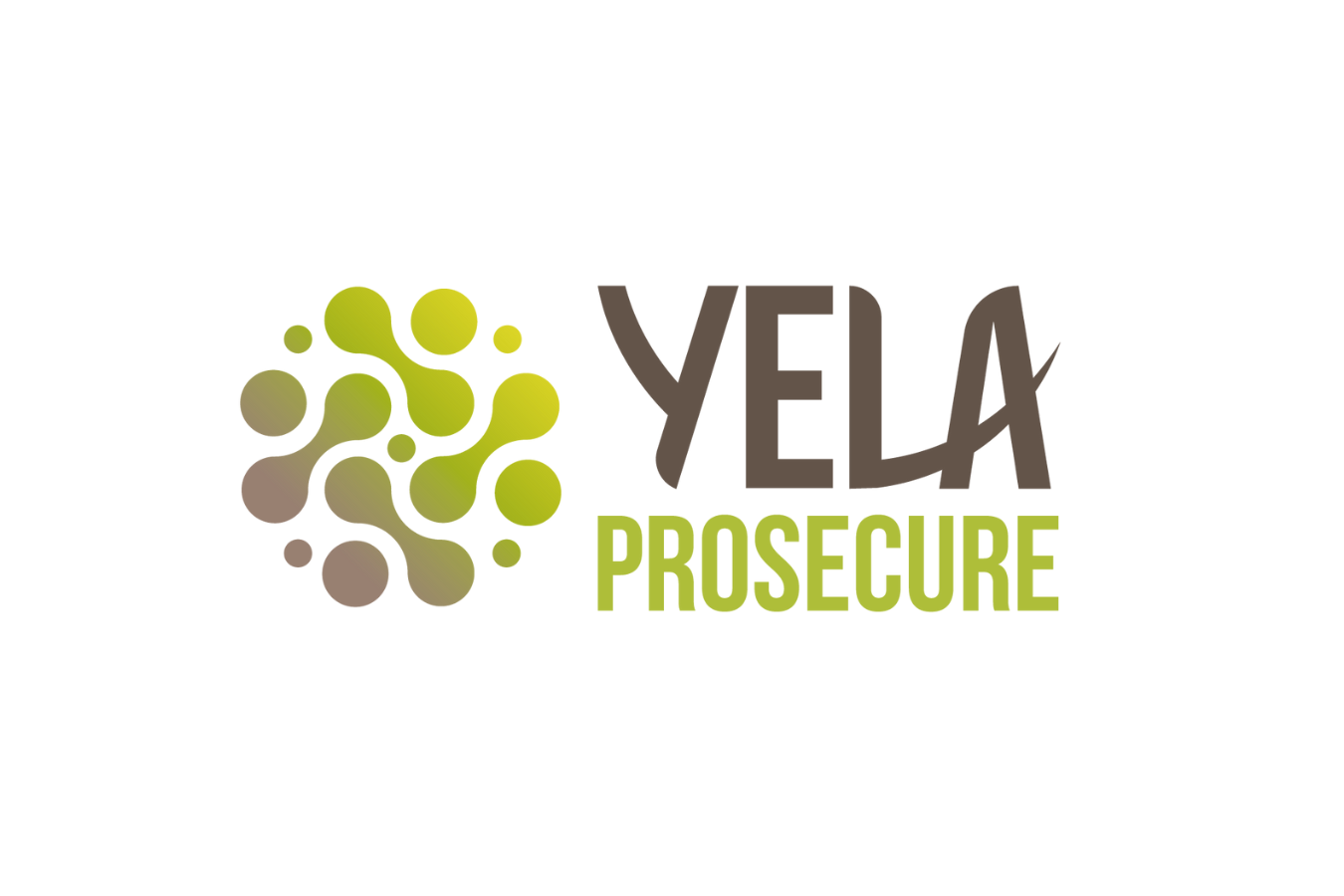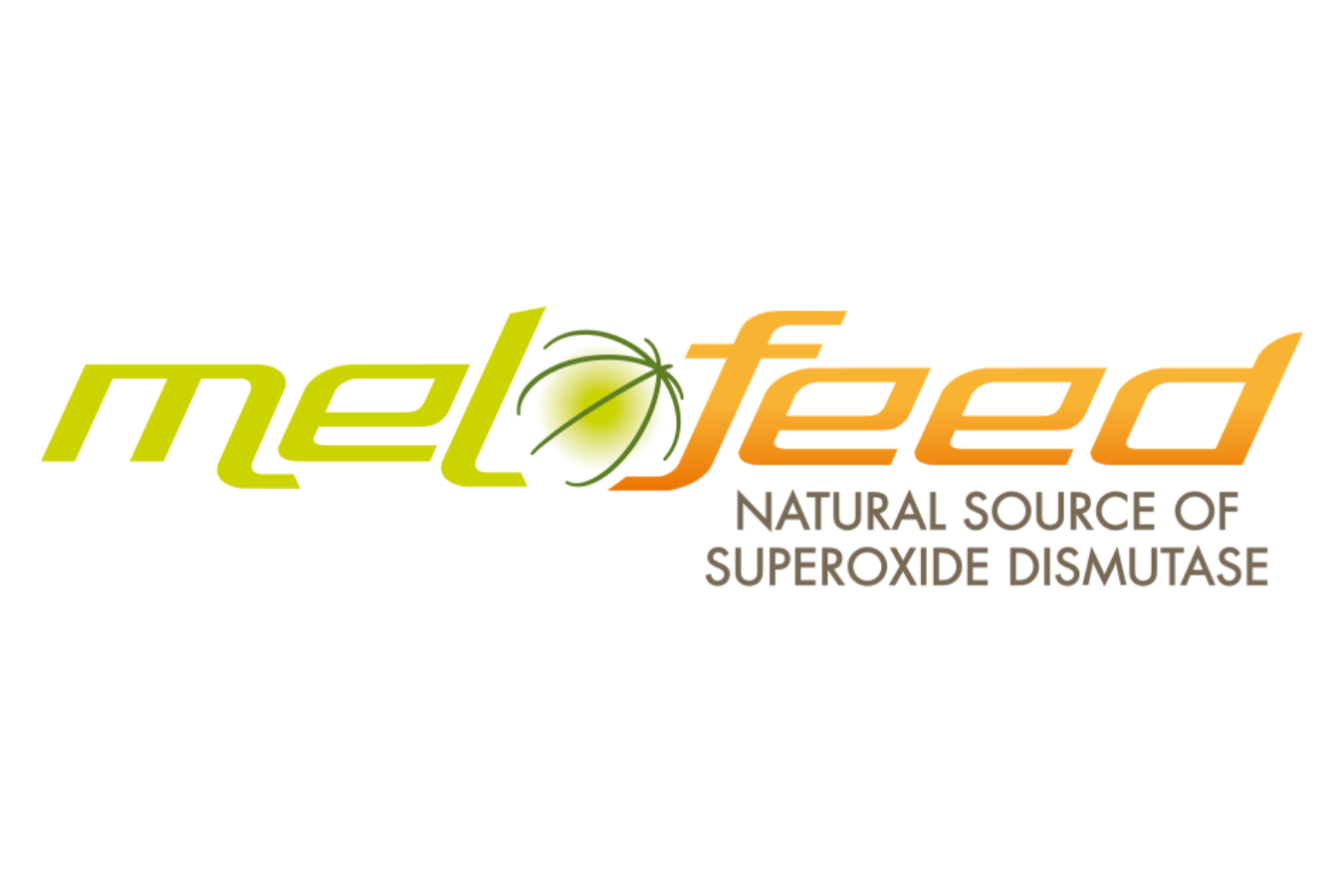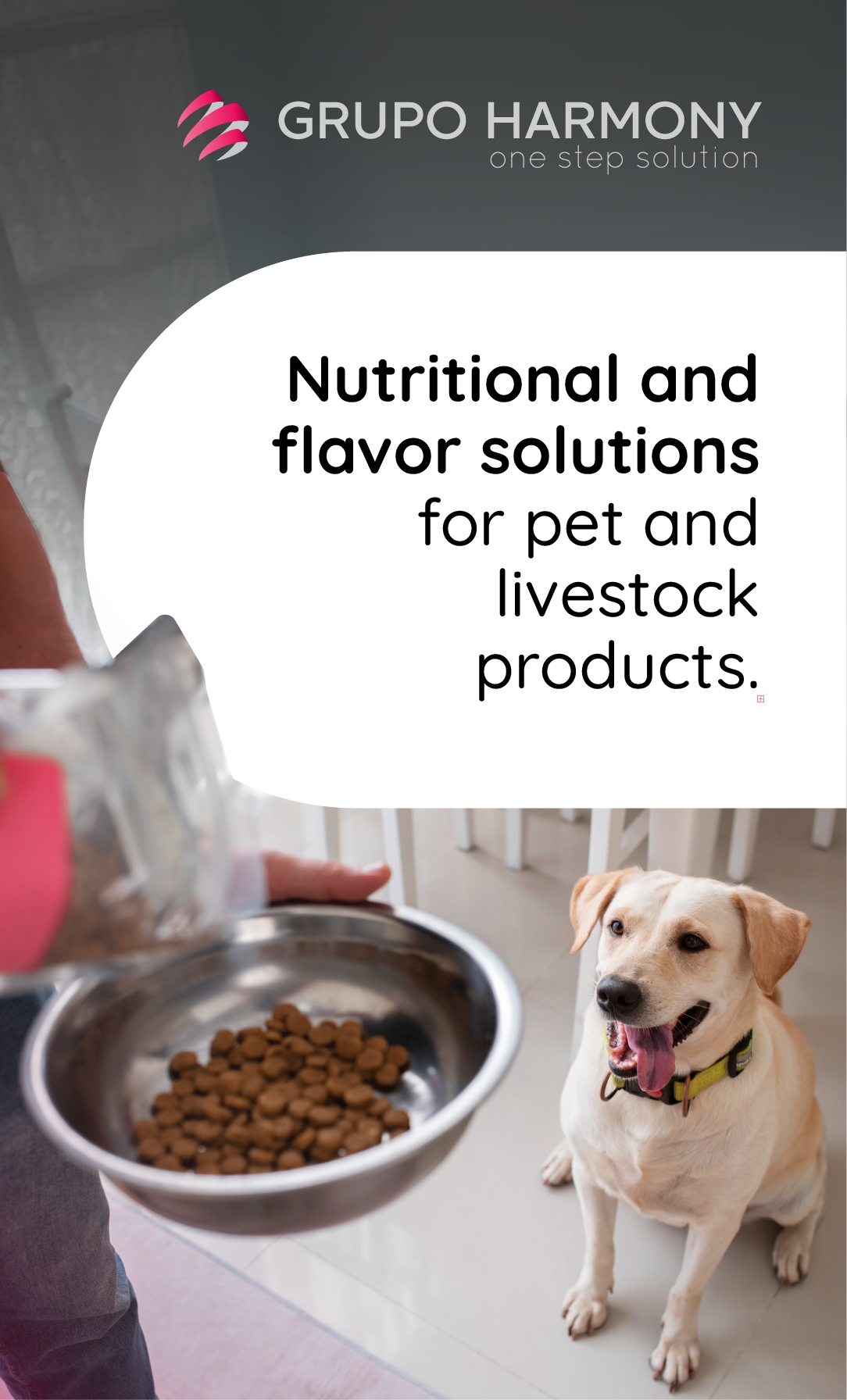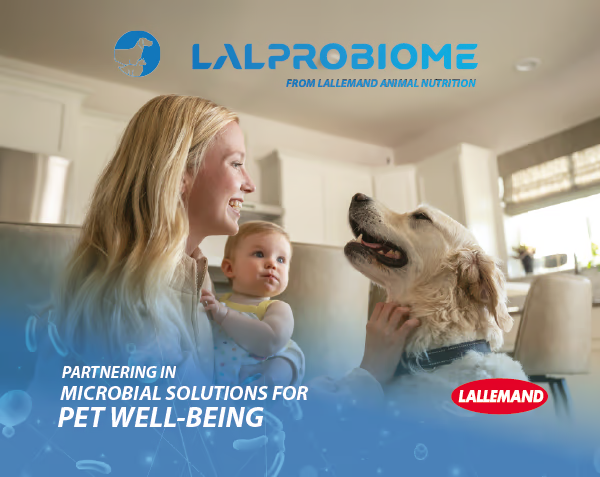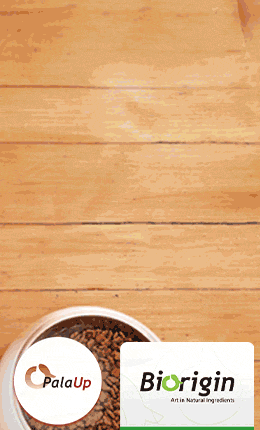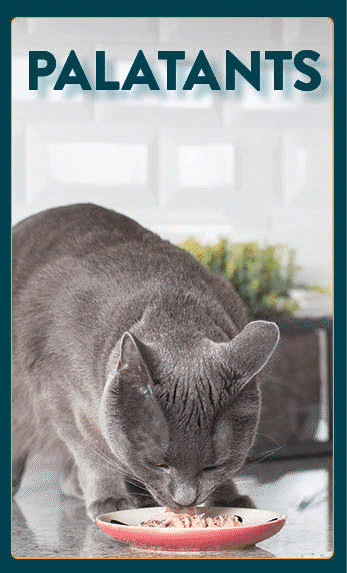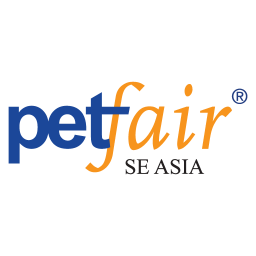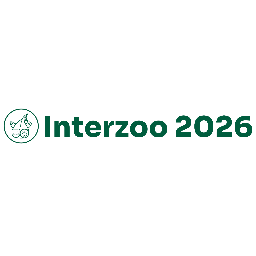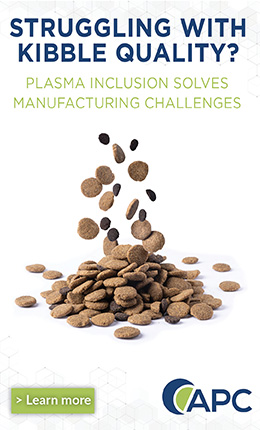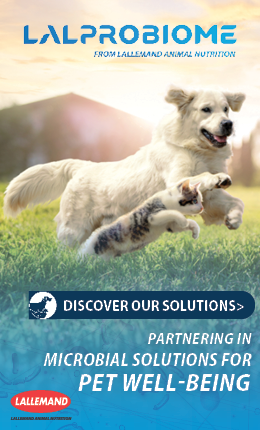The Gut Barrier
The gut barrier relies on specialised epithelial cells, the generation of protective mucus, and tight junctions to:
- Facilitate nutrient absorption and digestion,
- Regulate immune responses,
- Support microbial balance within the intestine,
- Protect the body from any ingested threats.
The three gut barrier layers (Figure 1): the microbiological barrier (microbiome), the chemical barrier (mucous layer), and the physical barrier (intestinal epithelial cells) require continuous regeneration to maintain their integrity against constant pressures. Factors like poor nutrition, infection, or illness can compromise gut barrier integrity, leading to increased 'intestinal permeability,' which can cause inflammation, food allergies, nutrient malabsorption, a compromised immune system, and disease (Wells et al., 2017).
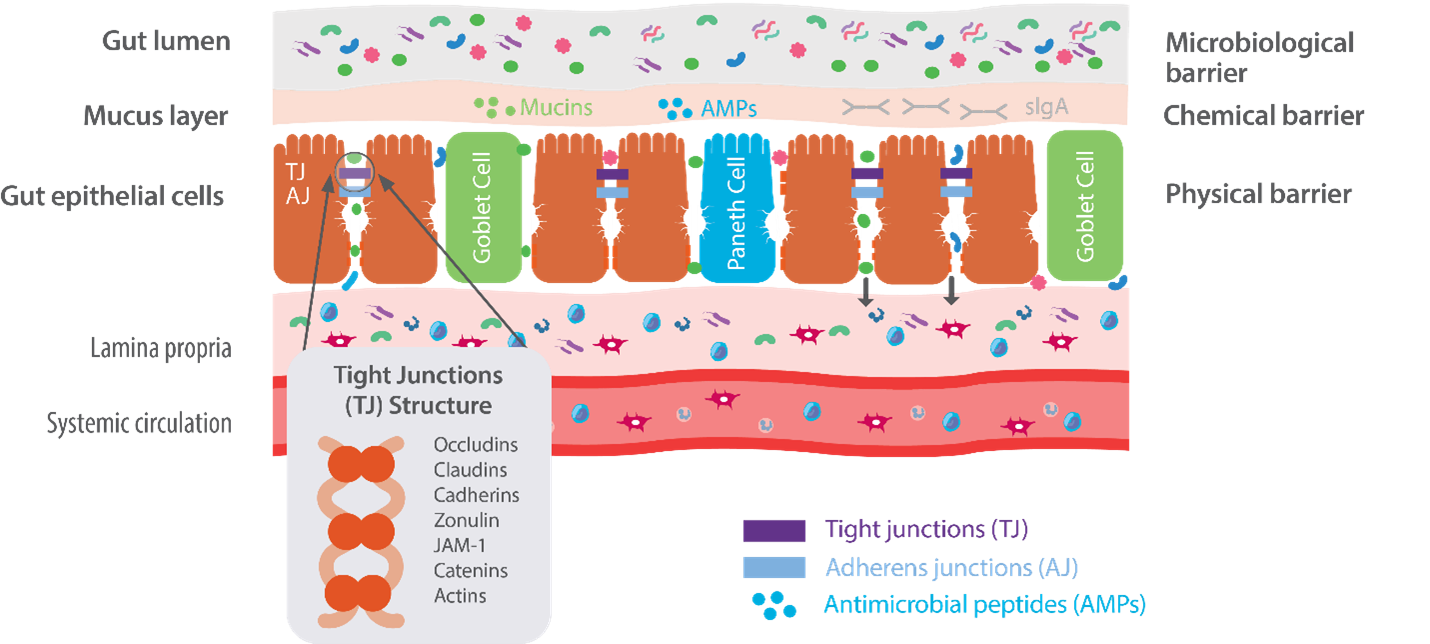
Figure 1. Schematic representation of the main components of the gut barrier, adapted from Vancamelbeke & Vermeire, 2017 and Samaxmi et al., 2023.
The Skin Barrier
Like the gut barrier, the skin is also a complex organ with multiple layers, each serving a unique function. Its microbiota is a dynamic community of trillions of bacteria, yeasts, fungi, viruses, and other microorganisms residing within the epidermis, dermis, and associated glands and follicles. This community's balance evolves constantly, influenced by the host and environment. Research shows a close relationship between the skin's physical, immunological, and biological properties and its microflora. Several skin conditions, from dry and aging skin to inflammatory issues like atopic dermatitis, psoriasis, and acne, are linked to alterations in the cutaneous microbial ecosystem (Elias & Choi, 2005).
Like the gut, the skin uses various defense mechanisms to protect against infection, including physical integrity and regulation of pH. Healthy skin typically has a slightly acidic surface pH, creating an unfavourable environment for pathogenic bacteria (Chikakane & Takahashi, 1995). The skin and its microbiome produce antimicrobial peptides (AMPs) that target skin pathogens. Antibiotics are commonly used for skin conditions but can disrupt the skin's microflora and the gut if taken orally (Gallo & Nakatsuji, 2011). The skin's innate immune system collaborates with the cutaneous microbiota to act as a barrier against pathogens. It differentiates between probiotics and pathogens, triggering pathways to reduce inflammation and stimulate the production of anti-inflammatory cytokines and chemokines, as well as natural AMPs (Wang et al., 2012; Lew & Liong, 2013).
Traumatic or surgical wounds compromise skin integrity and function. Efficient skin care is essential to restore the skin to its physiological state and limit secondary infections. Factors like metabolic conditions, temperature, stress, and nutrition impact skin health. The wound healing process, conserved across vertebrates, aims to produce tissue at the injury site that resembles existing tissue and protects the body. There are three major stages of wound healing:
Marketplace

Figure 2. The three stages of wound healing from a penetrative skin wound.
Microbial Interventions for Skin
Microbials are increasingly utilised in human skin health products to modulate cutaneous microflora, support lipid barrier function, and enhance the immune system to maintain homeostasis (Cinque et al., 2011). In addition to topical applications, the beneficial effects of orally administered bacterial and/or yeast-based solutions have also been demonstrated, likely mediated through the gut–skin axis: a bidirectional communication pathway linking gastrointestinal and dermal health.
Interestingly, recently scientists have been able to prove that microbes don't necessarily need to be alive to be effective (Kataria et al., 2009).
The Gut-Skin Axis in Action
The gut-skin axis reflects the relationship between the gut and skin, often reflecting the integrity and health of each barrier system. It is a bidirectional interaction, controlled by the immune system and influenced by gut microbiome metabolites. The postbiotic yeast YANG, made of three specifically selected yeast fractions with synergistic properties, has been used as an in-feed treatment for skin health and wound healing in a zebrafish model. Macroscopic evaluation of wound healing closure was significantly more advanced at 16 days post-wound (dpw) in the YANG-fed group compared to the control group, meaning YANG promoted a quicker onset of wound closure and faster tissue rebuilding.
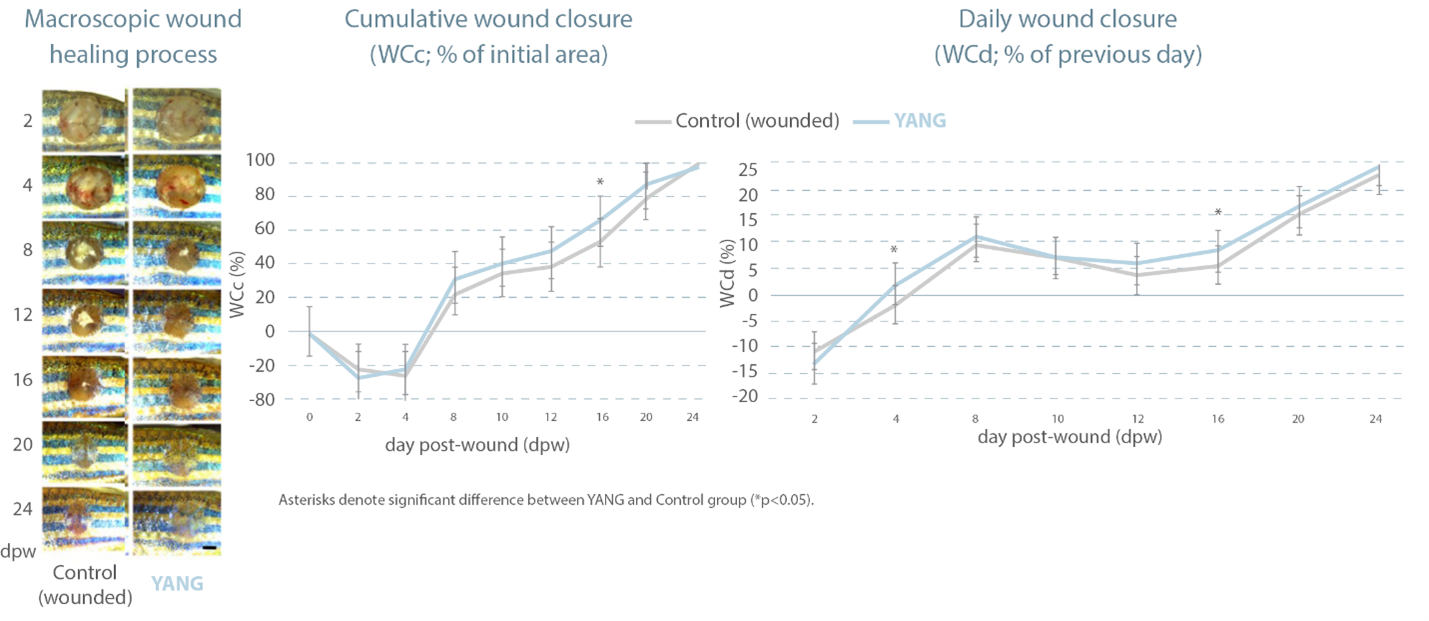
Figure 3. Macroscopic wound closure evaluation of a 3mm biopsy made on zebrafish fed a control diet, or YANG at 1.5kg/t. WCc; wound closure cumulative as a percentage of the initial wound. WCd; wound closure daily as a percentage of the previous day's closure.
The quality of the healing process was also evaluated at 4 dpw by analysing the granulation of tissue, revealing significantly enhanced thickness and transversal surface area for the YANG group. This indicates an earlier entry into the proliferative phase of wound healing for the YANG-fed group as a result of a faster inflammatory phase resolution.
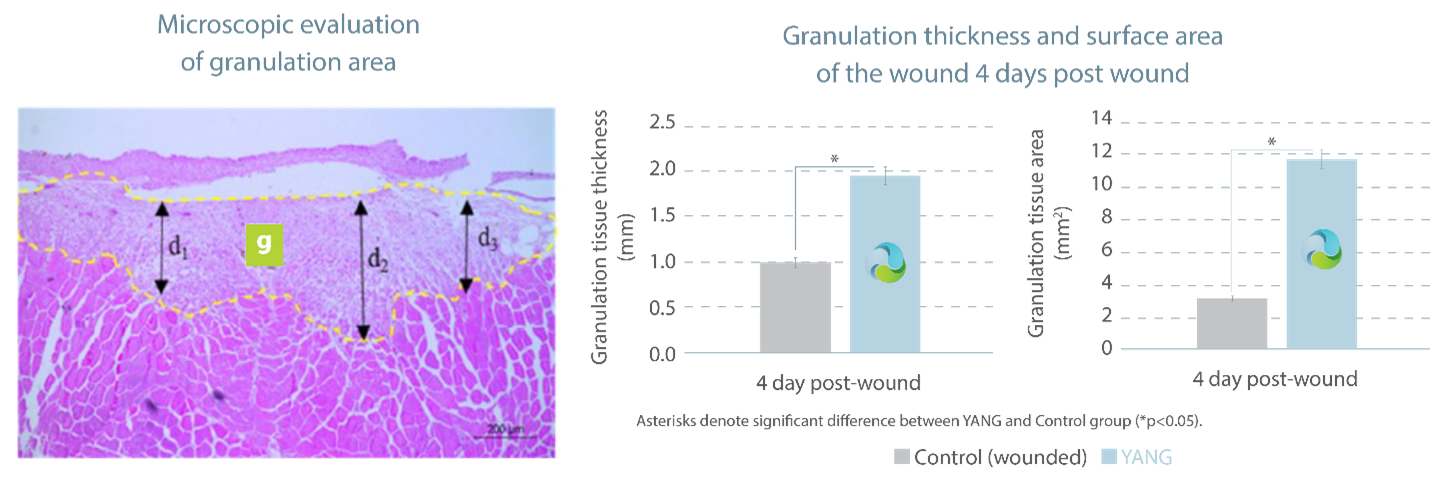
Figure 4. Microscopic wound closure evaluation of a 3mm biopsy made on zebrafish fed a control diet, or YANG at 1.5kg/t, evaluating the degree of wound granulation.
These findings indicate that oral supplementation with YANG can enhance skin health by accelerating wound healing and closure, primarily through the strengthening of natural defenses. Enhanced total microbial population and decreased pH, as well as increased levels of Bifidobacterium species and Lactobacillus species have also been demonstrated as results of YANG oral supplementation in previous studies in dogs, supporting the two-way interaction theory for the gut-skin axis.
Implications for pet health
The findings from zebrafish models offer valuable insights for companion animal care, particularly regarding the integrity of the gut and skin barriers. In pets, disruptions in the balance of gut and skin microbiomes are increasingly associated with chronic inflammation, weakened immunity, and conditions, such as atopic dermatitis, gastrointestinal sensitivities, and poor wound healing.
The demonstrated benefits of YANG highlight the potential of targeted microbial interventions. It would not only support gut health—by enhancing microbial diversity and immune markers like faecal IgA—but also promote faster and more effective skin repair. This dual action reinforces the concept of the gut-skin axis as a two-way communication system, where improving gut health can directly benefit skin resilience and recovery.
For pets prone to digestive disorders or chronic skin conditions, the inclusion of specific and proven microbial solutions into their diet offers a holistic approach to support their health and well-being. As the pet food industry continues to evolve toward functional nutrition, leveraging the gut-skin axis opens new opportunities for innovation in dietary formulations.
What is LALPROBIOME?
LALPROBIOME is Lallemand Animal Nutrition's platform of innovative microbial solutions that leverage the natural power of yeast and bacteria to support pet health and well-being. Lallemand's decades of yeast and bacteria strain selection, development, and application in human and animal nutrition, enables LALPROBIOME to offer a broad range of microbial solutions to meet the needs of pets and their owners today and for the future. From digestive care to immune support, antioxidant optimisation to cognitive function, LALPROBIOME pet solutions can help you elevate and differentiate your brands with novel ingredients that support unique and specific benefits.
For more information about LALPROBIOME pet solutions visit https://lalprobiome.lallemandanimalnutrition.com/en/rest-of-the-world
Connect with us at [email protected]
By Lallemand Animal Nutriton
Source: All Pet Food Magazine
You could be interested: A to Z of Pet Food: Oils & Omegas
About company
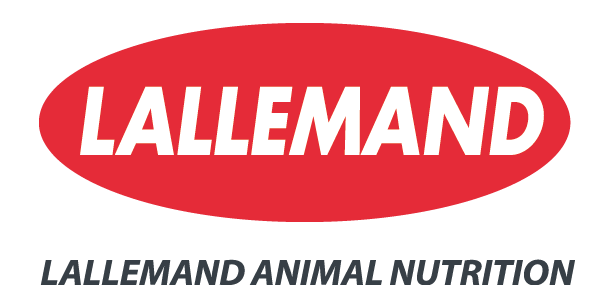
About company
Lallemand Animal Nutrition – a global leader in the science of fermentation – is a primary producer of yeast and bacteria mastering all the steps of the production processes from the strains selection, to ensuring product quality, consistency, safety and efficacy.
LALPROBIOME is Lallemand Animal Nutrition’s platform of unique microbial solutions specifically dedicated to optimize companion animals health and well-being.
Leveraging the natural power of yeast and bacteria, LALPROBIOME provides a wide range of innovative microbial solutions aligned with the evolving trends of the companion animals market and the increasingly demanding expectations of the companion animals owners. LALPROBIOME offers better nutrition using cutting edge science and provides tailor-made services ensuring top-tier quality management systems and unparalleled flexibility.
Noticias de la empresa
16/12/2024












